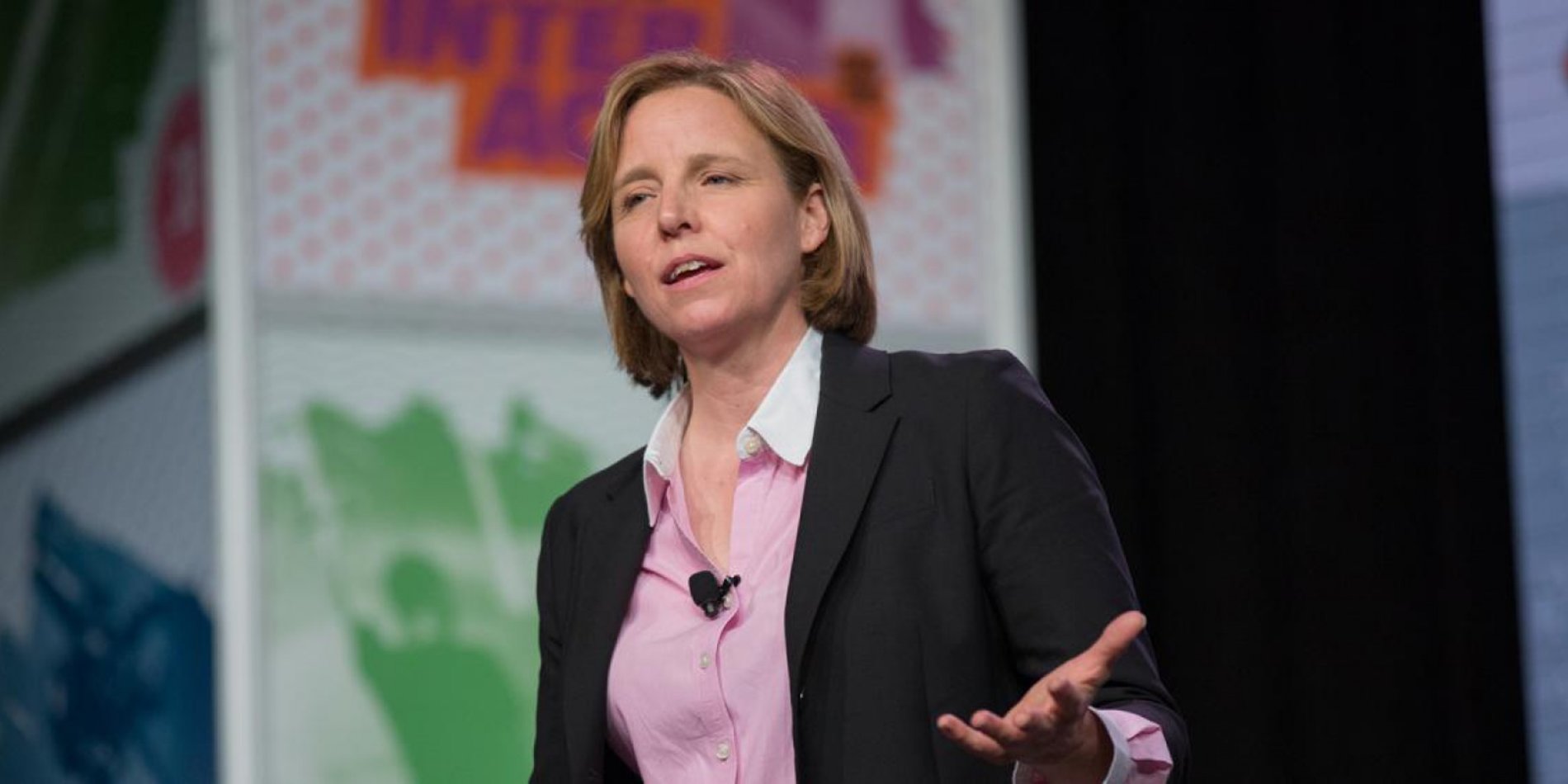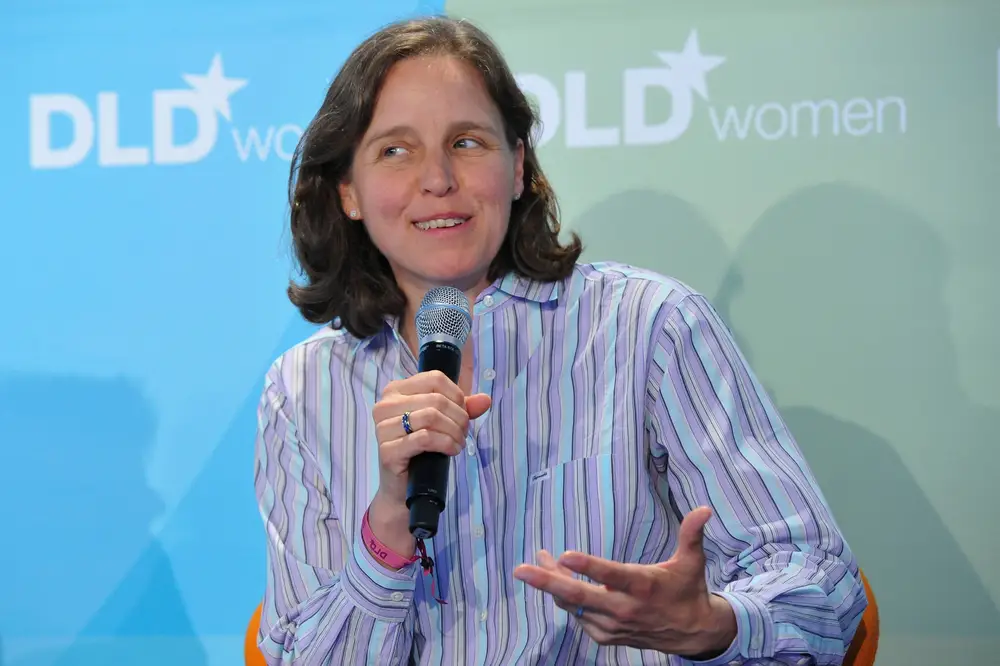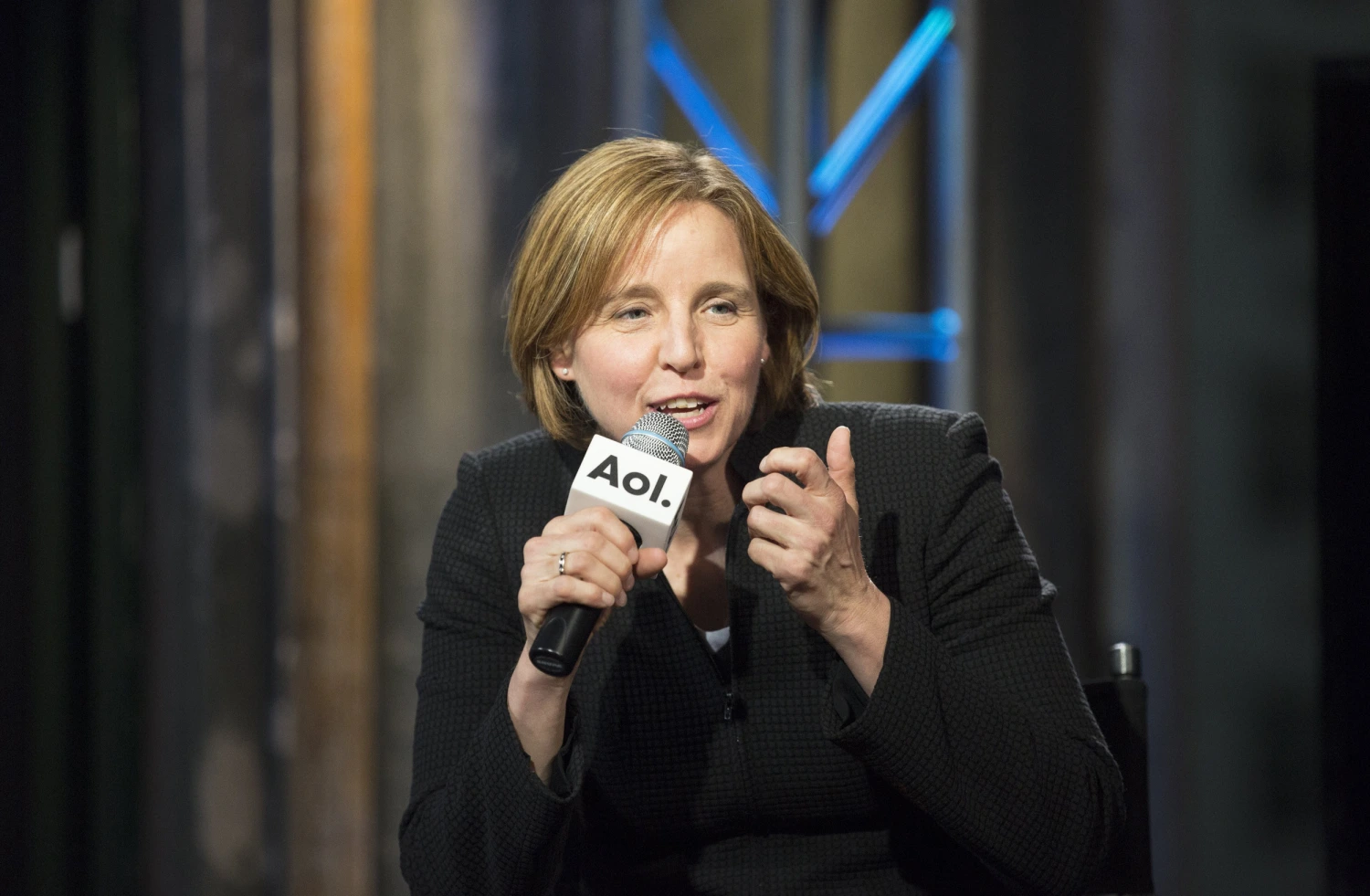You might not know her name, but you’ve seen Megan Smith’s work. Maybe you’ve used Google Maps. Maybe you’ve watched your city load in Google Earth. Maybe you’ve benefitted from a tech policy that put people—not platforms—first.
A mechanical engineer by training, Smith’s impact spans Silicon Valley, the U.S. government, and decades of equity work in tech. Born in 1964 and raised between Buffalo, New York and Ontario, Smith grew up surrounded by curiosity. She studied mechanical engineering at MIT, where she helped design and race a solar-powered car across Australia—a project that hinted early on at her ability to engineer both systems and teams.

After graduation, she worked at Apple Japan and General Magic—companies shaping the earliest ideas of mobile tech. In the mid-1990s, she joined PlanetOut, one of the first major LGBTQ+ online communities, eventually becoming its CEO. There, she helped raise funding, build partnerships with AOL and Yahoo!, and steward the platform through a merger with Gay.com—all while creating digital space for queer people at a time when that was still risky.
In 2003, Smith joined Google, where she led acquisitions like Keyhole (which became Google Earth), Where2Tech (Google Maps), and Picasa. She later ran Google.org, the company’s philanthropic arm, and launched Women Techmakers and SolveForX—programs that centered visibility, innovation, and impact.
In 2014, President Obama appointed her the third—and first woman—Chief Technology Officer of the United States. As U.S. CTO, she recruited top engineers into public service, worked on policy around open data and broadband access, and championed initiatives like TechHire and Computer Science for All. Her focus: build tech that works for everyone—not just those already at the table. As U.S. CTO, Smith brought an entrepreneurial, public-interest lens to federal government systems. She helped open more than 200,000 public datasets, advocated for broadband equity, and spearheaded initiatives like TechHire and Computer Science for All. Her team used community organizing frameworks—sometimes borrowed from church potlucks—to scale what was already working in overlooked cities like St. Louis, Boise, and Louisville.

Since leaving the White House in 2017, Smith has continued that mission through her work at shift7, a civic innovation company focused on systemic problems. She remains a vocal advocate for inclusive design, the role of communication in engineering, and the belief that equity is not a side initiative—it’s a core requirement for innovation. She also co-founded the Malala Fund, serves on the boards of MIT and the Algorithmic Justice League, and continues to push companies to prioritize diversity not as a checkbox, but as a top-three strategic imperative.
She’s also spent years challenging what people think engineers look like—and what kind of work engineering actually is. “Engineering’s a fabulous background, just like liberal arts,” she’s said. “If you’re in liberal arts, take an engineering class. If you’re in engineering, take social science. Take it all. It’s a creative job, it’s a teamwork job. You can be on amazing teams and do this work.” But she’s also clear-eyed about the systemic barriers many still face: “There is a lot of discrimination because there’s a lot of stereotypes. There’s history that’s missing so you don’t really learn that everybody’s been awesome the whole time.”

Her career hasn’t been defined by a single invention or title. It’s been defined by the belief that technology should work in service of people—and that those most marginalized should help lead its creation.
Megan Smith helped build the internet as we know it. Then she tried to build a more equitable future on top of it.
References & Readings:
Leadership in Engineering: Megan Smith’s vision of technology for all
'Passion, Adventure and Heroic Engineering'... and Talent Inclusion


.png)

.png)





